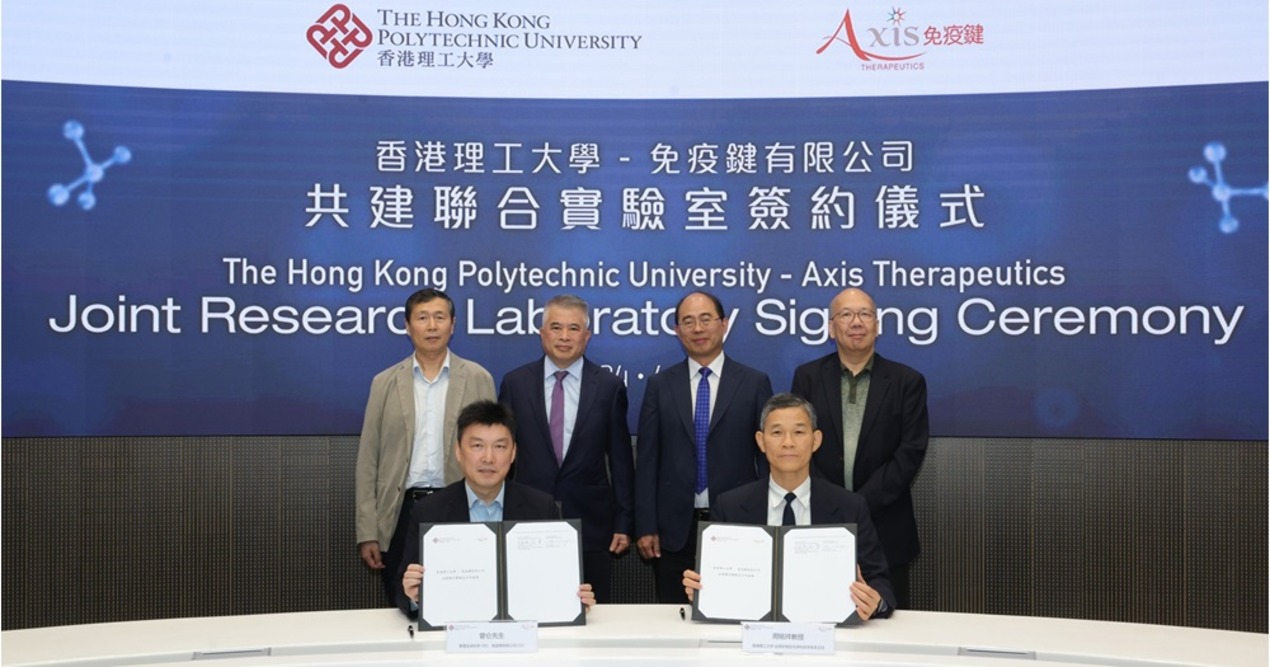
Through the League of Developers Initiative (LODI), a collaborative project of the Science Education Institute (SEI) and the Planning and Evaluation Service (PES), the Department of Science and Technology’s (DOST) IT students will soon have access to government internship opportunities.
“It’s an opportunity to provide a challenging environment to further develop the skills of our science scholars and encourage them to join the government workforce,” says Dr Josette Biyo, Director, DOST-SEI.
The department asserts that the agreement is mutually beneficial as the internship programme promises to give the youth scholars unique IT internship experiences while also bolstering DOST’s digital transformation efforts.
The project is scheduled for long-term implementation and will address more complicated aspects of the transition, such as culture and system education, adding to the automation of various DOST data and operations.
The programming, testing, copywriting, design, and implementation will all be part of the development process. The DOST-SEI is the driving force behind the country’s leading science scholarship programmes. It also works on teacher training programmes, educational innovations, and youth science promotion. Project LODI is an addition to the Institute’s programmes to foster professional excellence and social responsibility among scholars.
According to Dr Biyo, an increasing number of DOST scholars are participating in beneficial projects. Many people have begun to volunteer in their communities. DOST students from across the country can participate because this is a “bring your own device” (BYOD) arrangement on a virtual or work-from-home configuration. Around 1,000 DOST scholars-graduating IT students are anticipated to participate in the project’s pilot run.
To create a list of scholars suitable for the internship, the DOST-SEI will work with state universities and colleges (SUCs) that deliver DOST learning programmes. The DOST-PES Information Technology Division has already developed the DOST’s Programming Conventions and Standards with an IT Library of components and assets, and the Standard Software Development Life Cycle (SDLC) as a foundation for the project.
Meanwhile, despite global health issues and societal concerns, young Filipino innovators remain beacons of hope for the country. With this, the DOST-SEI recently presented the coveted Youth Innovation Prize (YIP) Award to three school teams for their innovative solutions -for eye illness detection, Haribon or Philippine Eagle monitoring and conservation, and aerial emergency relief for isolated locations.
These initiatives were chosen as winners due to the innovation, functionality, patentability, extensibility, and practicability of their technology. DOST-SEI agreed that more important than announcing scientific award winners is the department’s ability to successfully bring together aspiring innovators with exceptional mentors, advisors, and, of course, government and private sector stakeholders in the innovation process.
Furthermore, the customisation and deployment of the first and only Filipino-made Electronic Purchase Requisition Form (e-PRF) using power apps is planned to be rolled out in foreign schools in the region.
The e-PRF project, which is already in the pre-production phase of development is intended for use in official transactions at many international schools in Asia. This is in line with the programmes of the DOST and Trade and Industry to enhance the Philippines’ IT sector. Production using the implementation is planned to begin in three international schools in Singapore, followed by schools in Vietnam, and finally throughout the Southeast Asian Region.
















